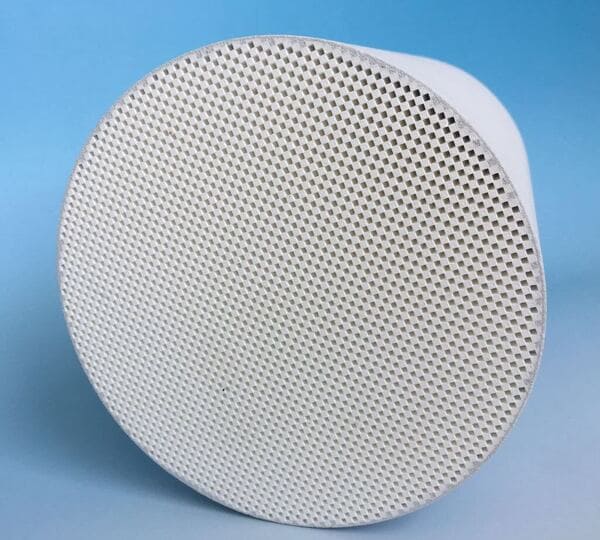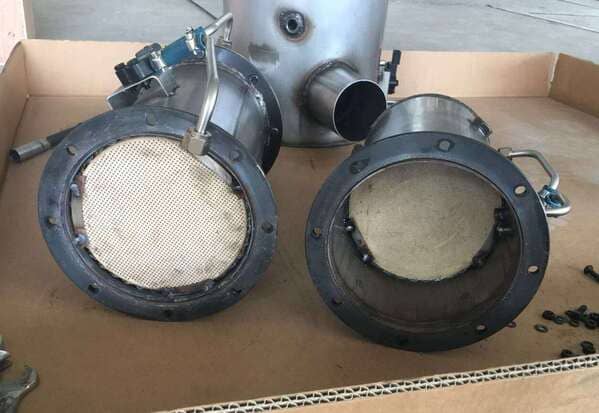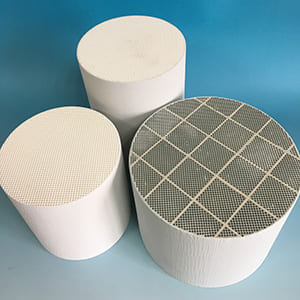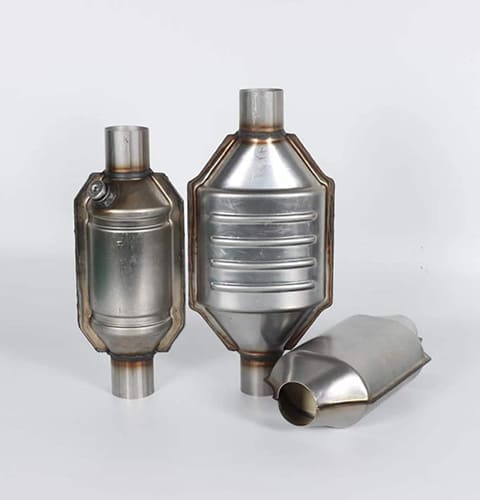Ever find yourself stuck at the crossroads of needing to clean your Diesel Particulate Filter (DPF) but having no idea which way to turn? Worried about making a wrong move and causing irreparable damage? Or, are you simply eager to master this process to save costs and ensure your engine’s longevity? If any of these questions resonate with you, you’re in the right place.
The cleaning of a DPF isn’t something to take lightly; it’s a vital procedure that, when done correctly, ensures the optimal functioning of your diesel engine and prolongs the DPF’s life. The cleaning process eliminates soot and ash that accumulate over time and can impede your DPF’s performance. However, with so many cleaning methods out there, it’s natural to question: What are the best practices and techniques for DPF cleaning?
Stay tuned, as we’re about to take a deep dive into the world of DPF cleaning, unraveling the best practices and debunking some common misconceptions along the way.
Why is DPF Cleaning So Crucial?
Over time, soot and ash buildup in the DPF can cause blockages, leading to increased exhaust backpressure. This can negatively impact engine performance, fuel efficiency, and may even result in costly damage if not addressed promptly source. The DPF cleaning process is an essential maintenance task to prevent such scenarios and ensure your diesel engine runs smoothly.

Which DPF Cleaning Method Is the Best?
While there’s no definitive answer that suits every situation, two methods are widely accepted as the industry standard:
- Pneumatic Cleaning: This process uses high pressure air to blow out the soot and ash from the filter. While it’s a relatively quick and affordable method, it may not be effective for heavily clogged DPFs.
- Thermal Cleaning (or Baking): Involves placing the DPF in a kiln, where it’s subjected to high temperatures to burn off the collected soot and ash. While it’s more time-consuming and expensive than pneumatic cleaning, it’s more effective for heavily clogged filters source.
How to Choose the Right Cleaning Method?
Choosing between pneumatic cleaning and thermal cleaning depends on the level of soot and ash accumulation in your DPF. A heavily clogged DPF might benefit from thermal cleaning, while a lightly soiled filter could be adequately cleaned using the pneumatic method. However, combining these methods in a professional cleaning process often provides the best results source.
Can I Clean My DPF at Home?
While there are DPF cleaning kits available for purchase, it’s generally advised to entrust this task to professionals. Improper cleaning can damage the DPF and lead to costly repairs. Moreover, a professional service can perform a diagnostic test before and after the cleaning to ensure that the DPF is functioning properly.

What Happens If I Neglect DPF Cleaning?
Ignoring the maintenance of your DPF can lead to a slew of issues, including impaired engine performance, reduced fuel efficiency, and potential engine damage. Regular cleaning ensures your DPF and, by extension, your engine operates at peak performance.
In conclusion, DPF cleaning is a pivotal maintenance task that demands attention to detail and knowledge. Whether it’s pneumatic or thermal cleaning, the best choice often hinges on the extent of the DPF’s clogging and the specific recommendations for your engine model. To ensure the longevity of your DPF and the optimal performance of your engine, professional cleaning is a worthwhile investment. Remember, it’s not just about cleaning; it’s about maintaining the heart of your diesel engine.


